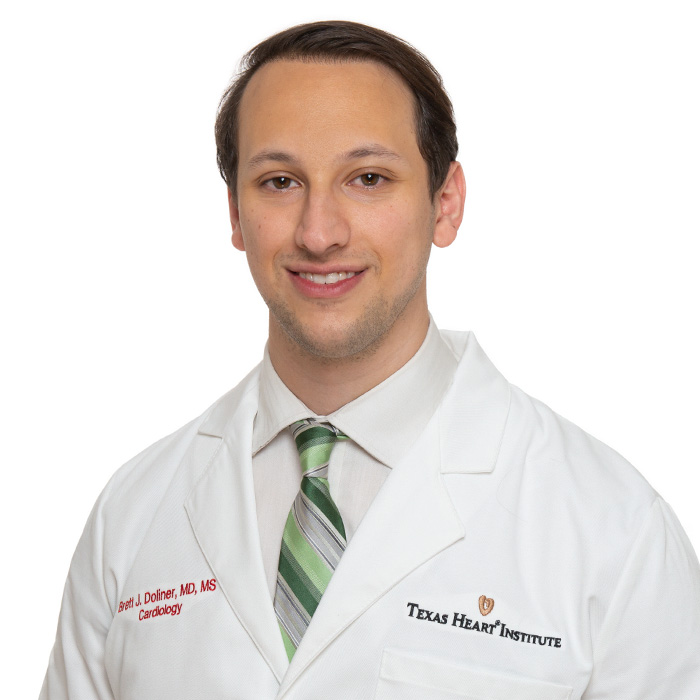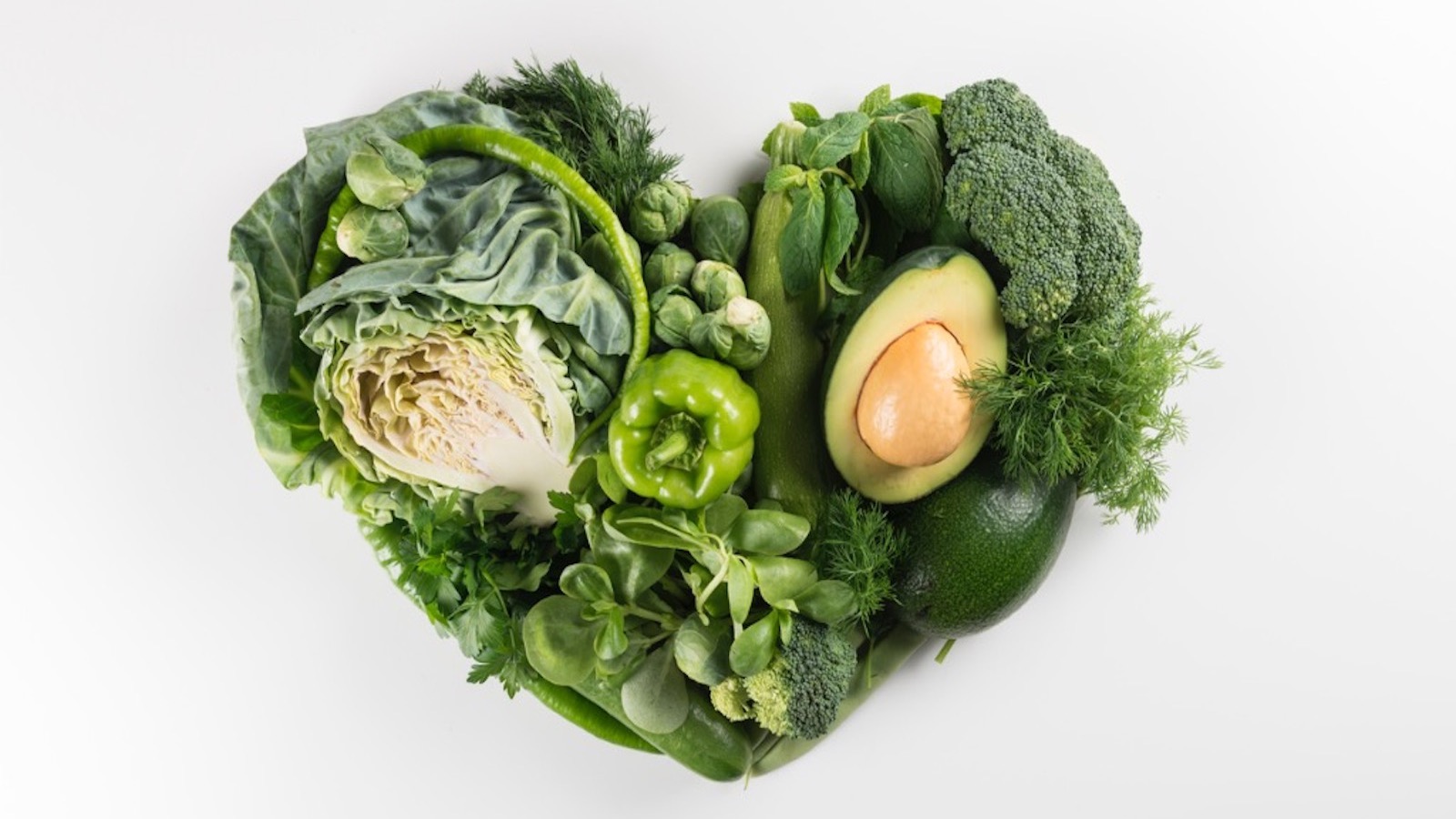
Texas Heart Institute Positions
Education
-
Medical School:
University of Miami Leonard M. Miller School of Medicine
-
Residency:
Massachusetts General Hospital
-
Fellowships:
The Texas Heart Institute (Cardiovascular Disease)
Honors, Awards and Memberships
- Chief Cardiology Fellow, 2023-2024

.svg)


